Torn between email or social media marketing? Why not choose both?
They may have different functionalities, but social media and email are not distant from each other. Even though the two can be utilized as independent platforms for business marketing and sales, integrating them can streamline your strategy and eliminate a lot of routine tasks.
The number of email users worldwide is predicted to reach 4.73 billion by 2026. Imagine how much this number would grow if it’s integrated with social media. With millions of monthly users on Instagram, Twitter, LinkedIn, and more than a billion active Facebook users, you shouldn’t miss out on this opportunity.
Integration can assist you in achieving the objectives much more effectively: from expanding the reach of your promotional campaigns to adding more potential customers to your list of subscribers.
This article is all about email marketing and the wonders it can bring to your company with its integration with social media. Let’s dive in!
Outline:
What is email marketing?
Email marketing is the use of email to market products and services and establish long-term relationships with customers. Whenever an organization sends an email, apart from request confirmations and direct responses to clients, it may be viewed as a form of email advertising.
There are around 4.2 billion daily email users in the world. And it doesn’t stop here; this figure is expected to reach 4.7 billion by 2026. With users increasing day by day, email presents a huge opportunity to expand the marketing reach and boost sales, as 4.24% of customers make a purchase as a result of email marketing.
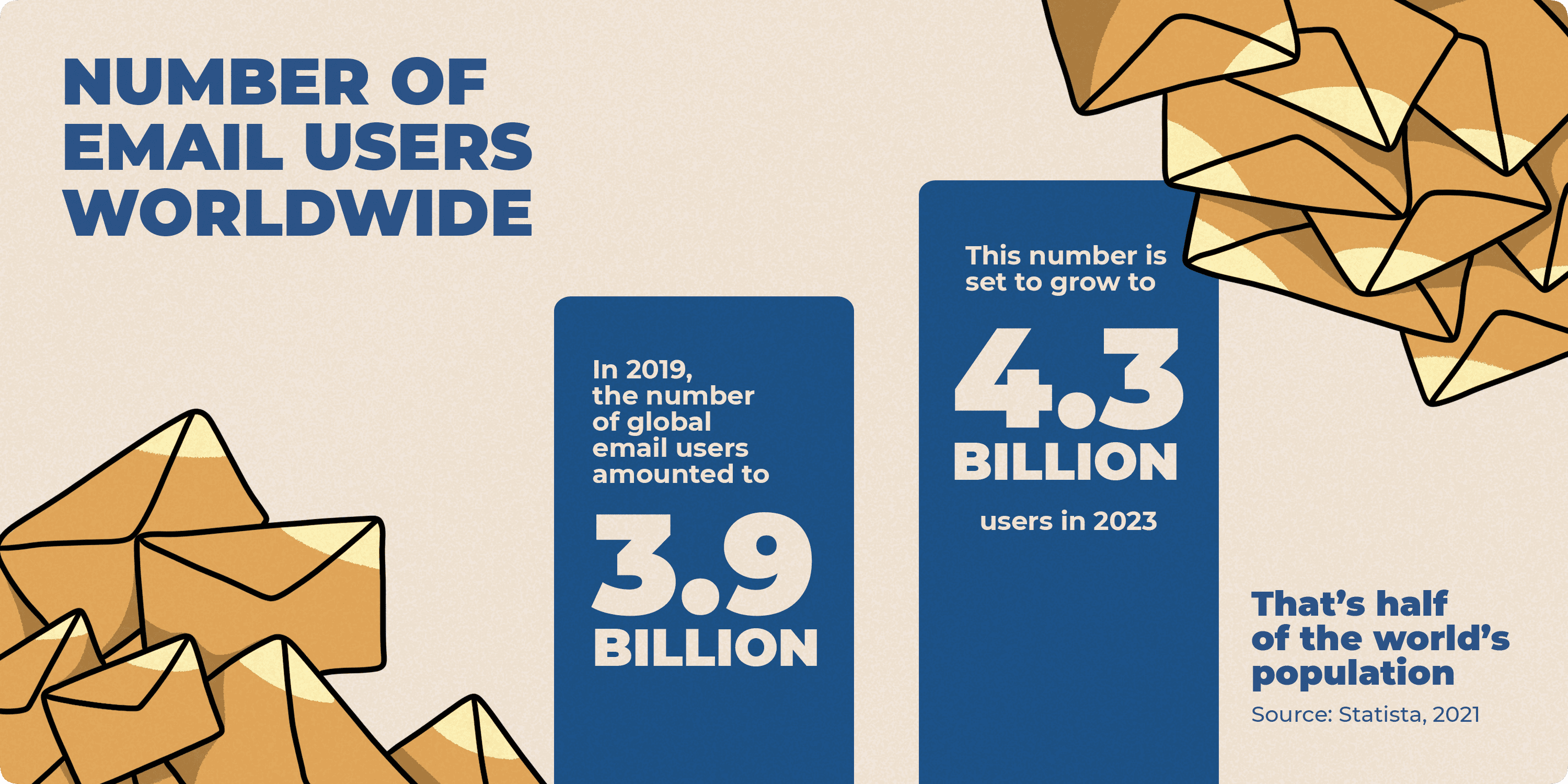
|
💡 Expert tip from Snov.io Email marketing is an invaluable part of your business growth. And prospecting is an integral part of email marketing. To enhance your strategy, we recommend implementing Snov.io’s email search into your workflow. This way, you’ll collect email addresses anywhere on the web and won’t waste your time and effort on low-quality contacts. |
Why is email marketing so important?
Try not to get it wrong, social media is an essential platform for promotional campaigns and sharing your marketing content. But when it comes to building up communication with clients, email marketing is far ahead in terms of effectiveness.
The reason is that emails are viewed more quickly and frequently since they are considered more important than any other message we receive on social media. In fact, 21% of sent emails are opened within the first hour of delivery. This factor creates higher chances of customer interaction.
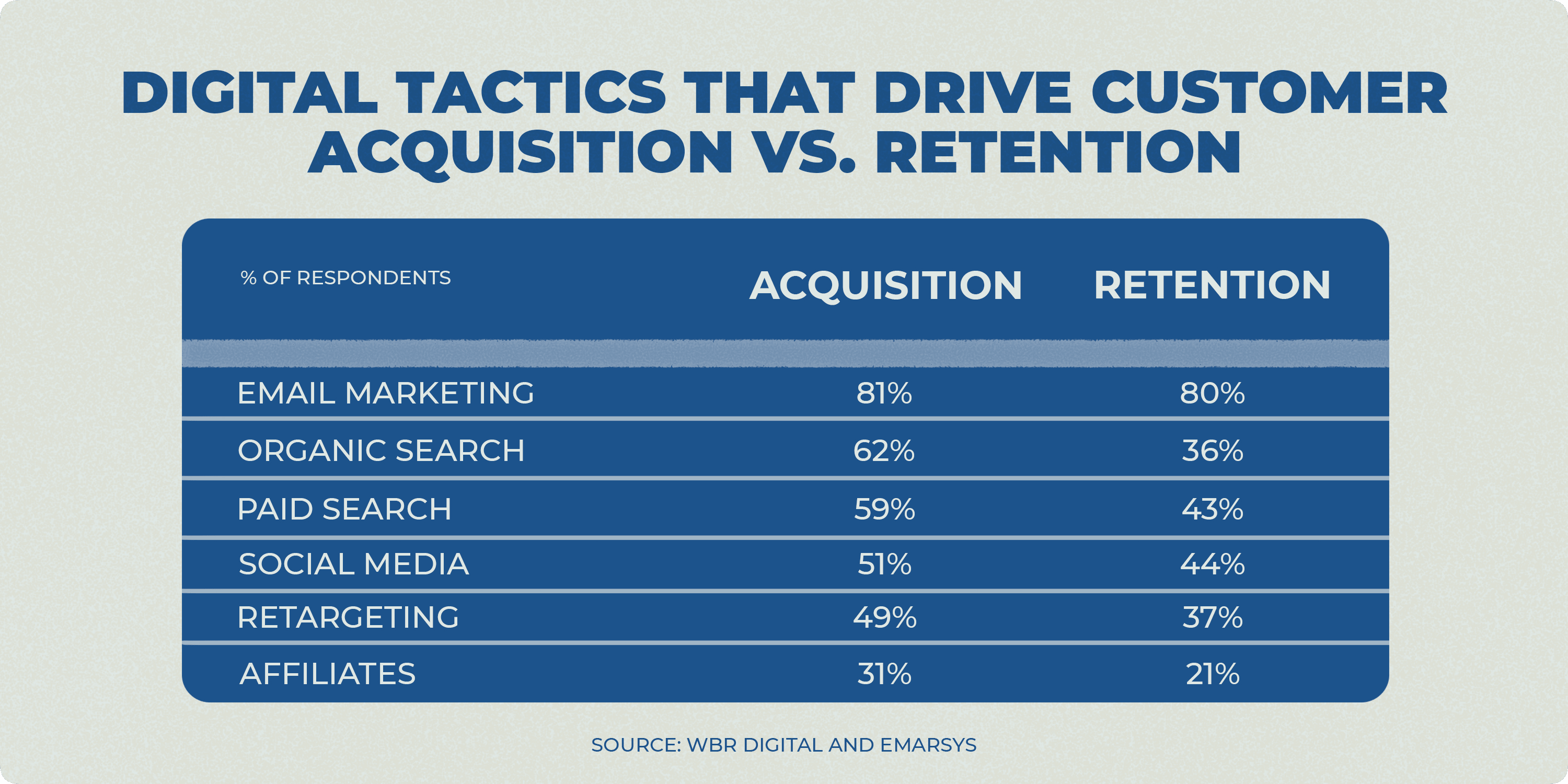
Looking at these stats… let’s not underestimate the potential of email marketing. When sent out at the right time (10 am and 9 am show the best open rate), email can increase the ROI more than any other marketing method.
Types of email marketing
Newsletters
It’s a widespread ritual that businesses around the world follow by sending email newsletters to their existing or potential customers to drive them toward their products and services. Not only this, but email pamphlets are also in trend to attract leads by sharing insights and highlighting the solution the company is willing to offer its clients.
According to the Content Marketing Institute, 77% of B2B marketers believe email newsletters to be an effective approach for content marketing.
Dedicated emails
These emails contain the information related to a single offer and are usually sent to a target audience, while the newsletter is mostly sent to your whole email database. This type of email has a focused CTA and is easy to create, which helps increase conversions and decrease the unsubscribe rate.
In cases like an emergency or a brand-new offer, businesses need to notify their entire customer base. Other than that, it’s better to stick to targeted email campaigns.
Lead nurturing emails
The next kind of marketing messages we are going to discuss is a lead nurturing email. It ensures that the company gets into the finest details of its customer’s needs. For this, you need to have your ideal customer profile (ICP) or target audience identified.
70% of millennials become frustrated and unsubscribe from irrelevant emails, except for a few that stand out. Lead nurturing emails are among those messages your subscribers anticipate as they contain a bunch of useful and informative content.
Such messages are usually automated and sent out according to the schedule you’ve set. Their content may be different: from special offers and discounts to the information related to blogs, webinars, online books, etc.
Sponsorship email
Sponsorship email marketing is a part of paid media strategy that can also involve PPC, display, mobile, and affiliate advertising. With the help of your existing leads who agree to include your brand in their newsletters, you can reach a new audience.
Email digest
A digest is a sequence of emails that contain a synopsis of important information and articles. It can be incorporated into your email marketing if you want to improve relationships with your customer base and drive the audience toward your website along with improving sales output. A digest can be daily, monthly, or weekly, depending on how much content you want to include.
Now that we are aware of the email types, let’s discuss the methods of email marketing integration with social media.
Integrating social media into the email marketing strategy
Email marketing offers many benefits. If its utilization is apt, it can help create a diverse customer base for the brand and increase the sales volume, leading to the business profitability. And with the rise of social media, conventional advertising techniques are also shifting, as companies adopt social networks to reach out to a larger audience and promote their brands.
By following these steps, you can get the best of both worlds:
1. Uploading a list of subscribers to social networks
If you simply upload your subscribers’ list to social platforms like Facebook, LinkedIn, or Twitter, it becomes easier to associate each subscriber with their email address. This connection helps know a little more about the interests and preferences of the customer base. Besides, it gives you additional channels where you can engage with your clients and target them with your ads.
All you need to have is your subscribers’ list in the CSV format. Here’s a simple instruction for Facebook:
✔️ Go to Ads Manager and in the drop-down menu select Audiences.
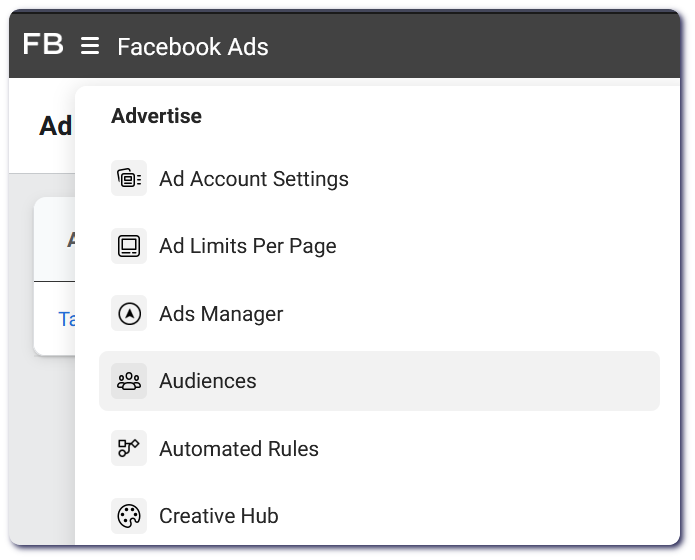
✔️ Click on the blue Create a Custom Audience button.
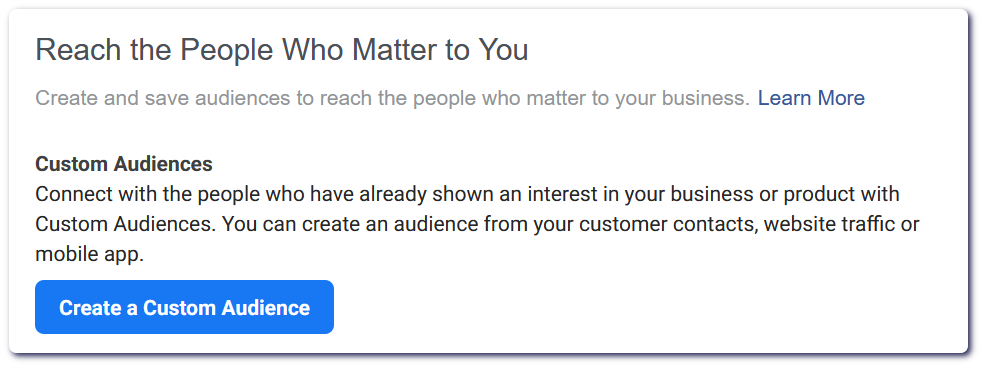
✔️ Choose the Customer list option and upload your CSV file.

And here you can find detailed instructions on how to upload this file to Twitter and LinkedIn.
2. Inviting social media followers to subscribe to your email list
If you see your social media page growing rapidly, it’s a wise decision to invite your followers to join your email list. You can do that by adding a call-to-action button, for example, “Subscribe to our list” or “Join our newsletter.” This way, if your social media account happens to have encountered a bug or gets hacked, you won’t lose your followers.
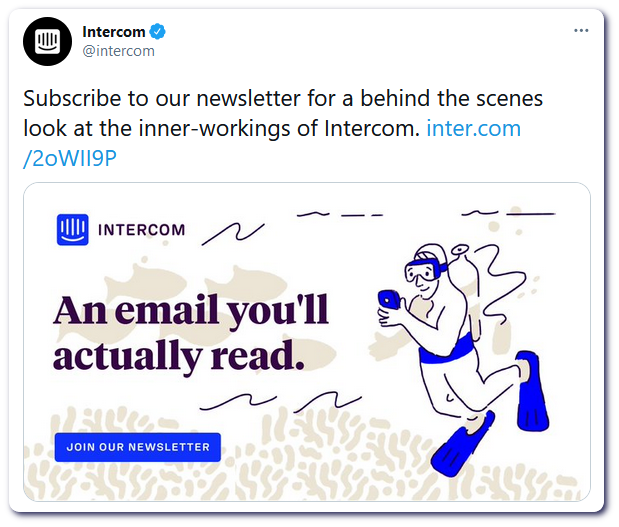
3. Reward-based referral marketing strategy
Compel your customers to follow your brand pages on various media platforms and get their friends and family to do so as well. That will work well if you are willing to offer them incentives. When you start from the beginning this is something that is considered when it comes to online reputation management through white label.
For example, you can ask users to email their friends and colleagues with your referral code and share it on social media. Just like Misty Robotics did:

4. Including social icons in your email
Adding social icons isn’t only applicable when you want to send referral emails. Why not add them to other types of messages you send, be that email digests or newsletters? This can boost your email CTR by 158%.
Most often, marketers and sales reps place social icons on the very top or the very bottom of an email.
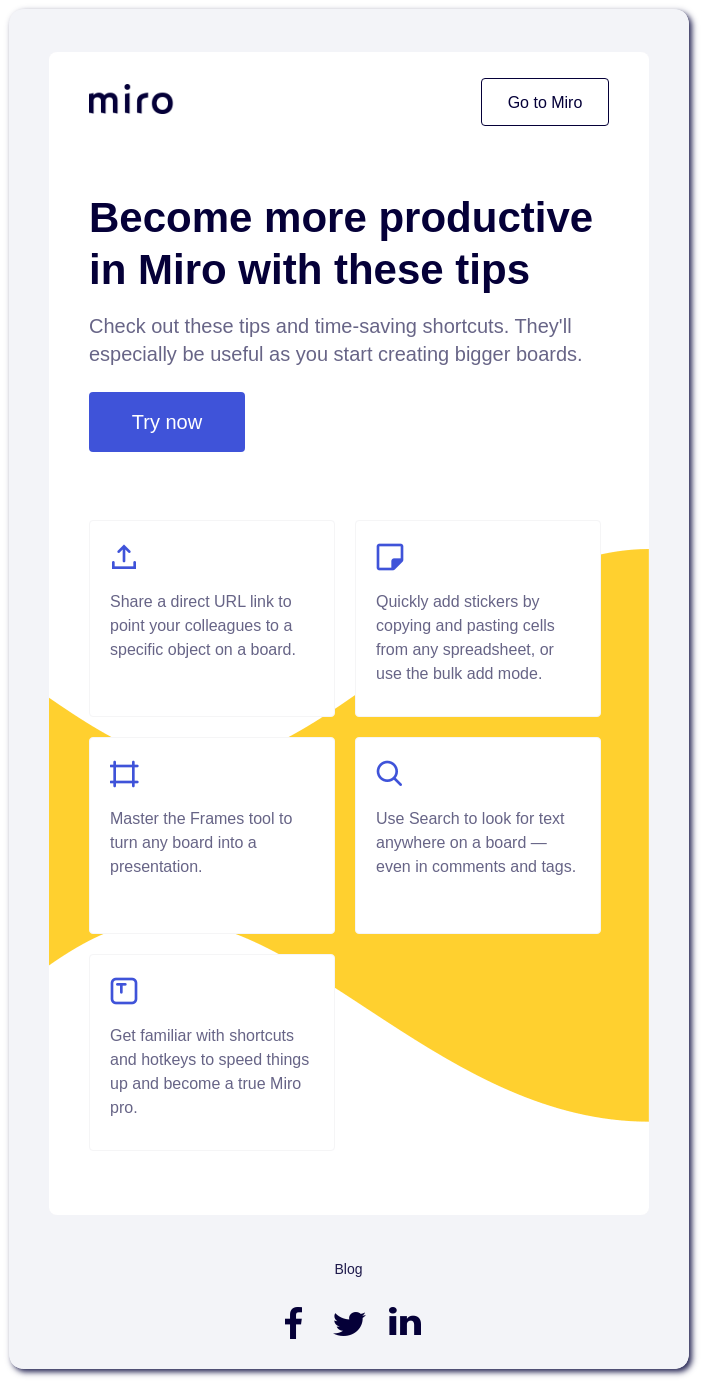
5. Creating a social community for VIP email subscribers
Sometimes we all experience the fear of missing out. And this anxiety may be beneficial to your business. By making a private social group on Facebook, you can take advantage of the human desire to stay connected with what others are doing.
How do such private groups function? For example, you may indicate that only those who refer their friends to subscribe to your email list can join the Facebook group. Or you can just invite all of your prospects and make them feel special.

An exciting part of this idea is that you can create a VIP group to increase engagement and organic reach. It’s because closed groups have no or very little spam and more relevant content that engages the audience.
6. Retargeting your email subscribers through ads on social media
Perhaps the most effective approach to guarantee a multichannel marketing system is by using targeted ads. You can utilize your subscribers’ data who have navigated through your emails and retarget them through ads on social media platforms. By doing so, you’re ready to connect with potential leads, which can make your strategy significantly more practical.
7. Exclusive email or mass campaigns on social media
In case nothing appears to work out for your brand, ad campaigns can act as a lifesaver.
Send your audience emails and ask them to follow your Twitter and Instagram in case you have a smaller following on social media. If you have a small email list then you can ask your audience on social media to subscribe to your email. You can utilize both of these channels to increase your subscribers and followers simultaneously.
Benefits of social media and email marketing integration
Were you aware that 22% of the audience reached from both Facebook ads and email is likely to buy? Imagine how much this percentage would increase if we make the two work like bread and butter. Now let’s have a deeper insight into the advantages.
This integration of social media and email:
- Improves marketing metrics. It helps enhance the response of customers to email, as they are more likely to open and read messages.
- Attracts more subscribers to your list. If you see that your email subscription list is static and not flourishing, social media can surely assist in reaching out to a greater audience for publicizing and driving people toward your email subscription.
- Identifies potential customers. Businesses can derive useful data about their clients from their subscription list. This way, they can pinpoint customers that are regularly opening emails and give rewards or send exclusive offers to them to make them feel special.
- Expands the potential reach of your message. Being active on multiple platforms helps brands reach out to a diverse audience and keep them up-to-date about their latest ventures, new deals, or offers.
- Introduces a new platform for subscriber interaction. When it comes to your marketing channels, make sure you don’t stick to just one means of promoting your brand. Rather, resort to all available channels and find out which platform provides you with greater access to a larger audience.
Integration of social media with email marketing not only helps you interact with your audience at a larger scale but also improves customer response toward your email newsletters and social media management.
|
Integrate LinkedIn into your cold outreach with the powerful LinkedIn prospecting tool!
|
To maximize these benefits, you need to collect useful data that will be utilized for fruitful results.
Using data for effective email marketing
Email marketing is a popular advertising method that almost all brands are following. There are certain ways that can help improve your overall experience with it. Businesses should try to gather useful data from their subscribers that can be used to send relevant personalized emails.
The following details are useful for effective data-driven email marketing:
- Basic information. Brands extract data about the demographics of customers, such as name, gender, age, and residence. When a customer subscribes, they enter basic information related to them.
- Client’s interests. Businesses gain data about their leads’ preferences like what kind of products and services they are interested in nowadays. Companies should then make sure to send a reminder to their clients regarding updating their list of preferences. This helps brands offer those deals that cater to their consumer’s needs.
- Data related to transactions made. You should gather transactional data to identify customers with frequent purchases. It includes all information regarding purchases, e.g., when it happened, what was bought, who made a purchase, and how frequently it took place. This data can help you automate and personalize newsletters.
- Behavioral data. This is the most useful information that allows you to track down the actions of your subscribers. What products they prefer, how frequently they open emails and make purchases, their browsing history — all this forms part of clients’ behavior. Tracking it down helps businesses optimize their email marketing.
The integration phenomenon seems like a hard task at first, but in reality, it’s not. You don’t have to go around looking for complex data collecting tools. Rather, simple data goes a long way, opening up many doors for effective marketing. After collecting the data mentioned above, brands harness and use it to send automated and personalized emails.
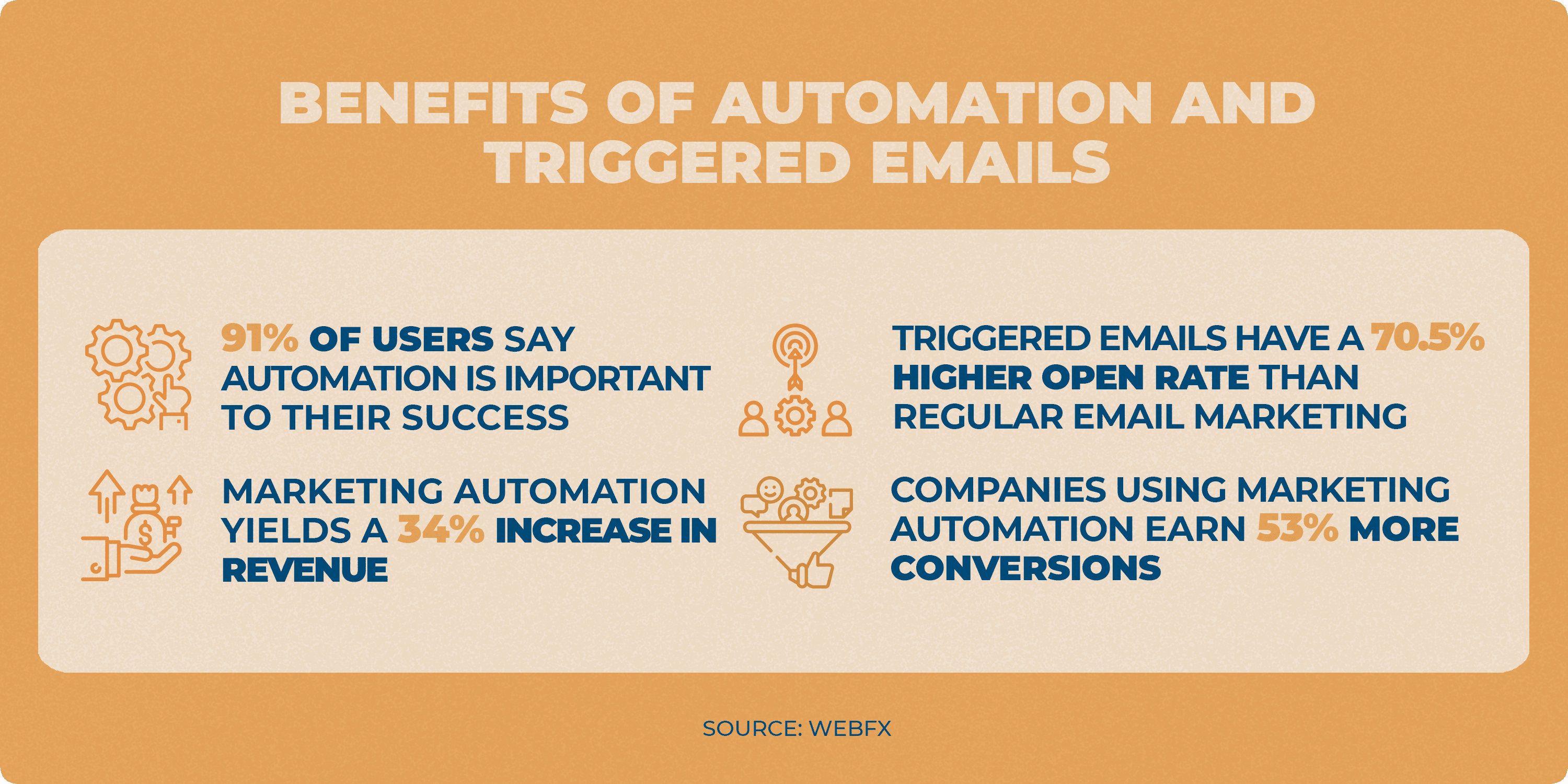
Challenges and solutions to email marketing integration
Every process brings along challenges, and the integration process is no different. These challenges have to be countered with effective solutions. Let’s list down each one by one.
Challenges
- Integrating email data with social networks. Marketers and sales reps need to accumulate and send important information across their various channels. For example, they may get the chance to see the potential relationship between email and landing pages or to record the revenue generated from an email conversion.
- Improving deliverability. If your bounce rate is high, you likely need to check your email list and remove all inactive and non-existent email addresses. This way, you will avoid hard bounces.
- Growing and retaining subscribers. Marketing experts believe that the third biggest challenge in email marketing is generating and retaining leads. Expanding the size of your emailing list and keeping your contacts engaged with your messages is not so simple.
- Achieving measurable ROI. It’s important for sales and marketing experts to know how the messages they send to potential clients are influencing the sales process.
Solutions:
- Integrate your data systems. To coordinate your email marketing with other data systems, you need to utilize smart marketing software that does the integration. An example of such a tool is HubSpot’s CRM as it includes SEO, content publishing, lead management, lead nurturing, and reporting on the progress of email marketing.
- Practice good email list hygiene. Upgrade your email list by removing those addresses that aren’t engaged. You can recognize these email addresses by tracking opens, activity on the website, and clicks.
- Earn your email subscribers. Try not to buy email lists. Bluntly state what your target audience can expect from you if they subscribe to your email. Or you can give them options on what they can receive. For instance, (1) tips and tricks on how to proficiently run a business; (2) updates on your products; or (3) unique offers through email.
- Nurture your leads. Lead nurturing involves different types of operations such as drip marketing, automated assistants, marketing automation, etc. Automated outreach can help you increase engagement in no time. For example, with the Snov.io cold email software, you can engage your clients and convert them right from your Gmail.
→ Read our detailed post about LinkedIn automation tools and choose the best one that fits your workflow.
Wrapping up
The rising use of social media platforms among users drive businesses to resort to the method of advertising through social networks. Brands are spending a lot on promoting their companies and integrating their email and social media marketing. This integration is useful in fortifying the relationship with customers and building a good image of the brand.
Both advertising channels should work side by side, and information drawn from one should help optimizing the use of the other. No matter what marketing channel is best working for you, you need to evaluate at every step whether this technique is fulfilling its purpose of increasing sales, leads, and profitability for the business.



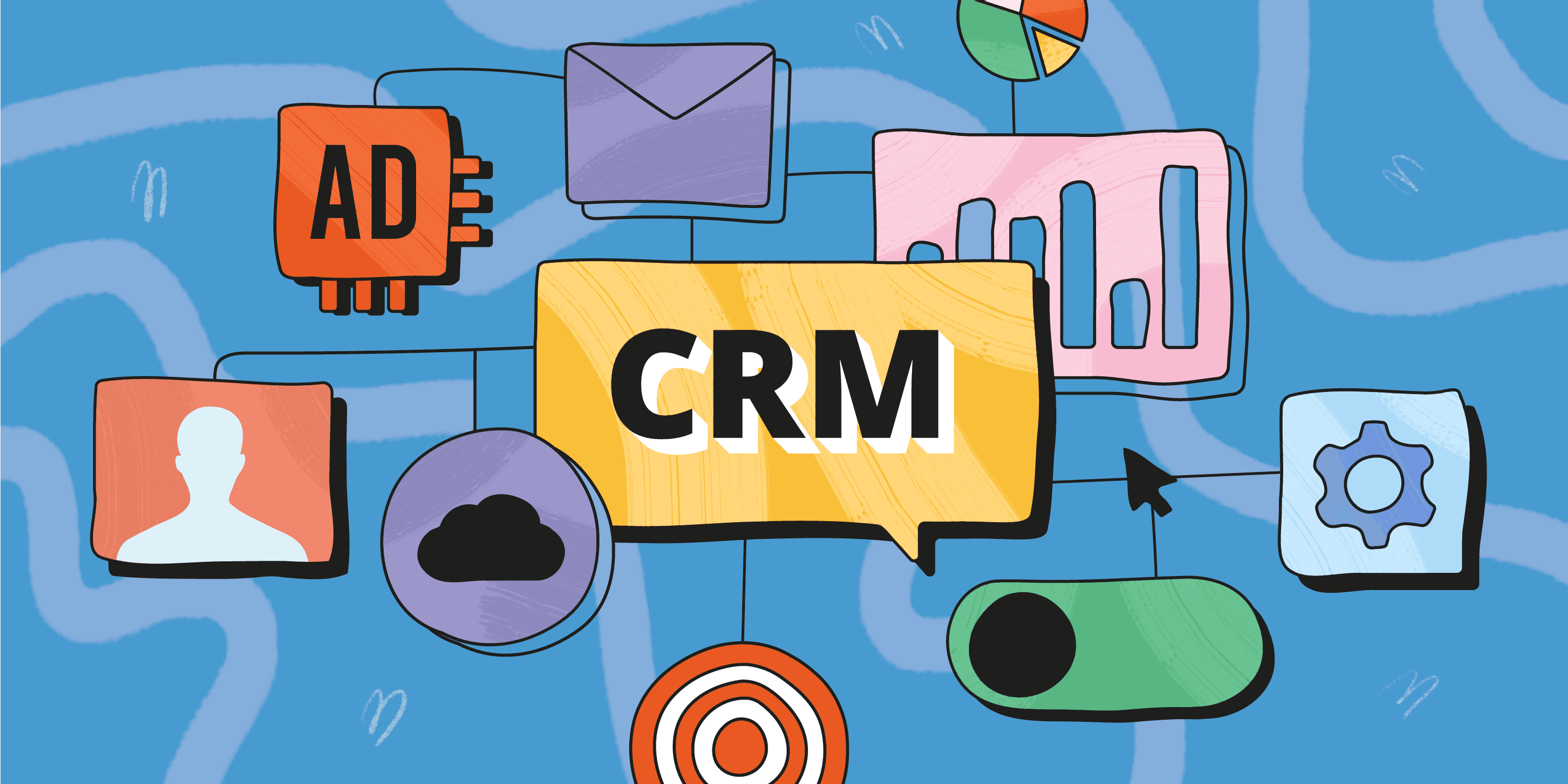
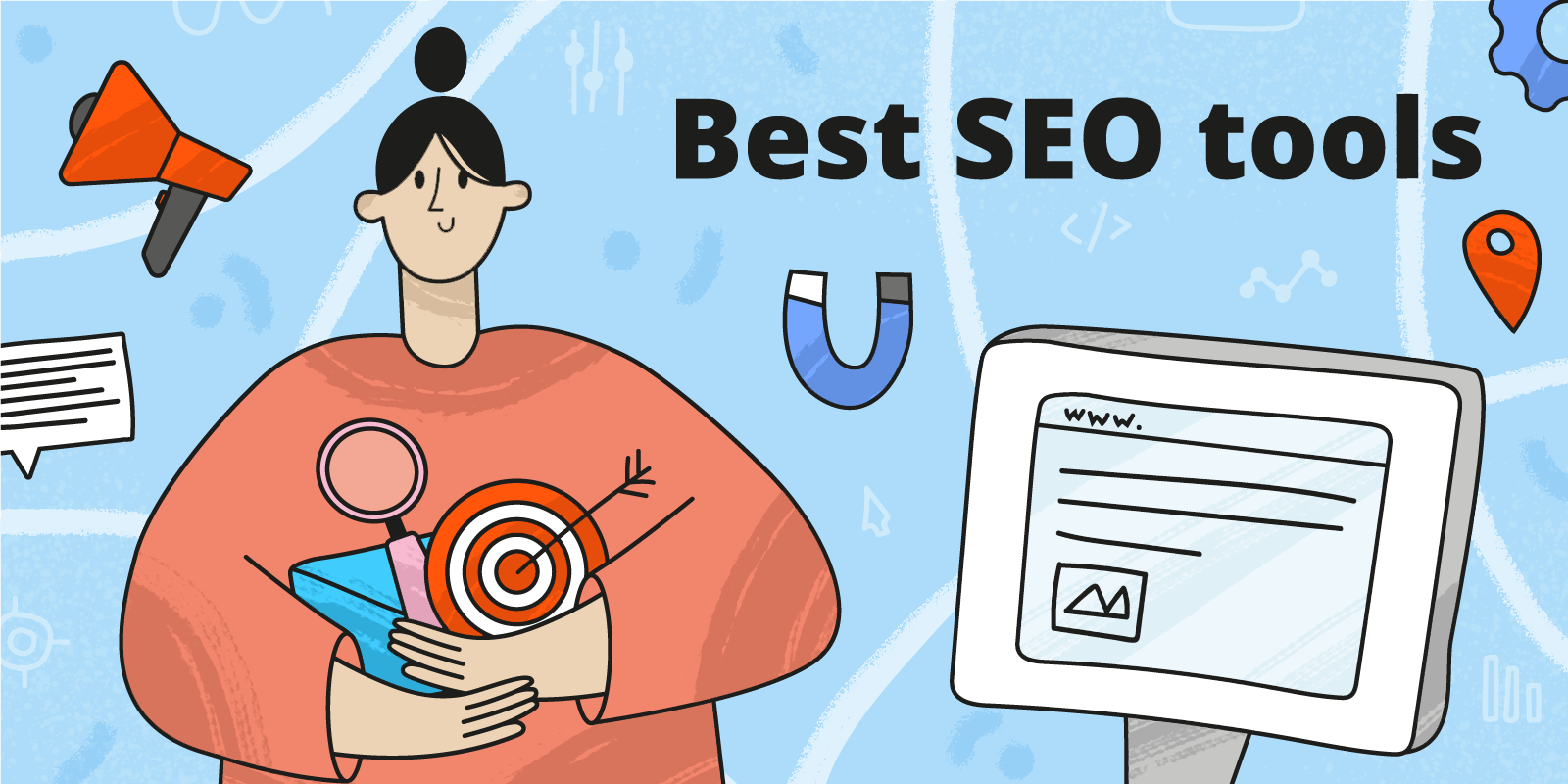
Thanks for sharing your wealth of knowledge on email marketing and social media integration! Very informative. Most businesses can benefit from using email as it really is a great way to build a relationship with followers.